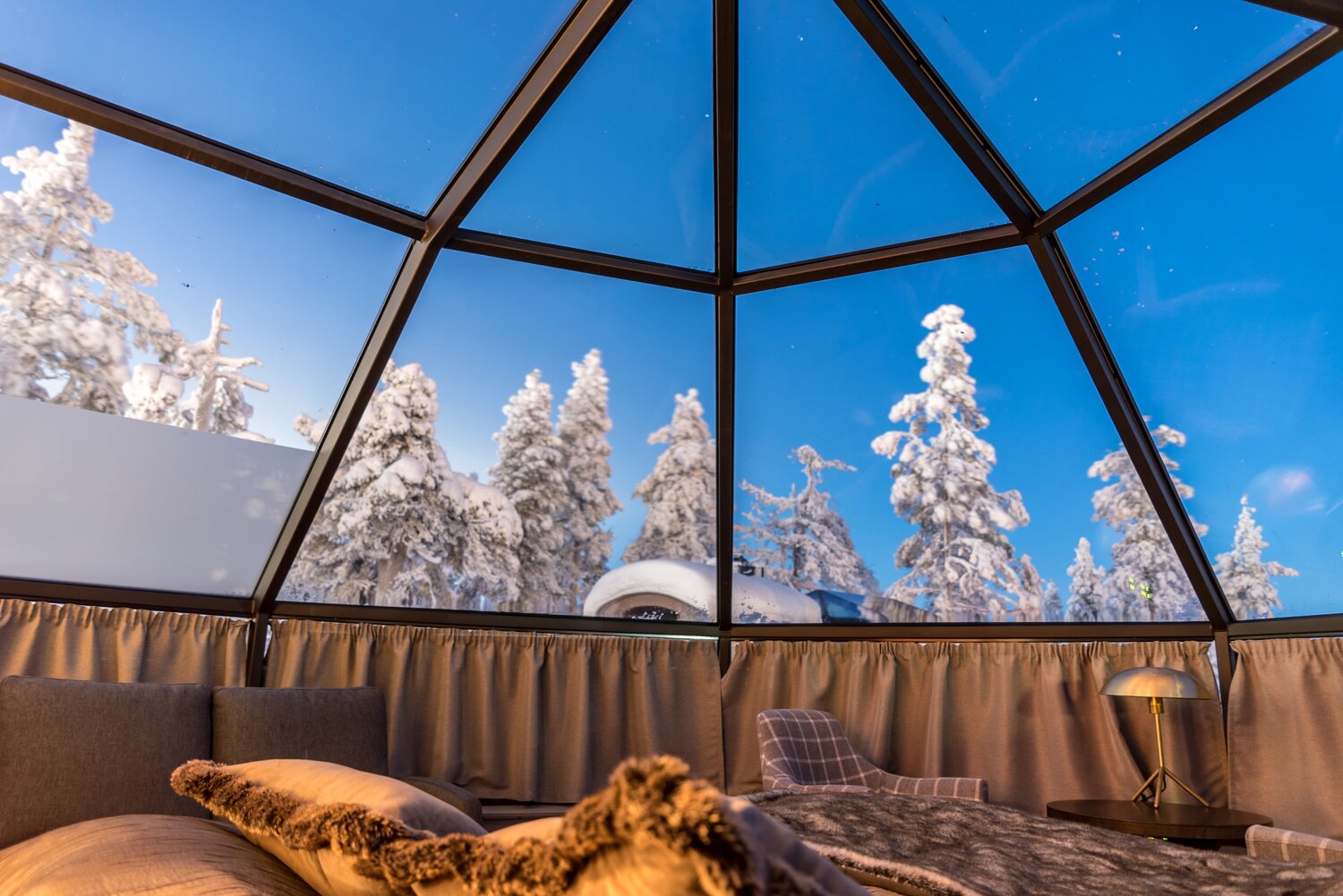June 19, 2019
Iceland – Chasing the Northern Lights

The Nordic island nation of Iceland boasts of dramatic landscapes with active volcanoes, geysers, hot-springs and lava-fields. Along with the immense natural beauty it offered, we can never forget the mesmerizing Aurora Borealis, also called the Northern Lights. Because of its elusive view that can be compared to no other in the world, the Northern lights are definitely an once-in-a-lifetime experience.
Once we were in Iceland, we needed to decide where to view them from. The first recommendation was to get out of Reykjavik as the city lights would lighten the sky and make the aurora less intense. This means we needed our own transport such as a hire car, which we did after arriving at the Reykjavik-Keflavik airport situated at the capital of Reykjavik. Anyone would find himself captivated by the natural beauty and spoilt for choice with all the wonderful activities on offer. Since the city wasn't too big and didn't create much light pollution, we didn't have to travel very far to find complete darkness, which created the perfect backdrop for this natural light show.
Secondly, clear skies are extremely important. The official weather website for Iceland includes a page on aurora. The most important aspect to seeing the aurora is to have no cloud cover — if there are no clouds, the aurora will appear, crystal clear. The second most important aspect of this site is the KP or intensity level. Anything of 2 or more will look awesome. If we got 4 or 5, it would be mind-blowing. So once we knew where the clear skies would be, we started driving to a place which is both out of Reykjavik and had clear skies. The lights started around 10:30pm and lasted for a few hours. It also comes down to having enough darkness in the sky for the lights to actually be visible. We learnt that anything in summer is out because there is almost 24 hours of sun in Iceland in June/July. So to increase your chances, you really want to be heading there between November and February when you have the darkest skies, although September/October and March/April are also worth it because the weather is often better than in deep winter.
Be it the adventures like the various activities in the Glacial rivers of the North-West region, or ice tunnel excursion to the Langjokull glaciers, Iceland has plenty of options and reasons to keep you excited throughout your holiday. The Northern Lights snow-mobile excursions and the Whale watching tours of Akureyri, are again some other fun activities Iceland offers to the adventure-hungry tourist in you.
Continuing with the natural beauties, the volcanoes in Iceland are some of the most active on this planet and we were extremely excited to visit it. The Thrihnukagigur volcano tour is one such wonderful sight to see. Lowered into the belly of this once active volcano, navigating around 120 metres, it felt like we were descending through the roof of a fire coloured cathedral. There are around 800 hot springs constantly pumping out around 70 °C of hot water.

The Icelandic horses are some of the most magnificent and beautiful breeds of horses. The tours organised to the stables are one of the major attractions for the animal lovers. For all the water babies, Snorkelling between two tectonic plates joining two continents at the Slides rift is one of the major tourist attractions where we immerse ourselves in the views of the wonderful marine life.
The Blue Lagoon, a geothermal spa in southwest Iceland, is located in a lava field near Grindavik on the Keykjanes peninsula, in a location favourable for geothermal power and is supplied by water used in the nearby Svatsengi geothermal power station. The Blue Lagoon is approximately 20 kilometres from Keflavik International Airport and is one of the most visited attractions in Iceland. Iceland is an immense bounty of natural beauty in itself, and along with the views of the aurora it offers, it escalates to a pedestal specially curated for it alone.

